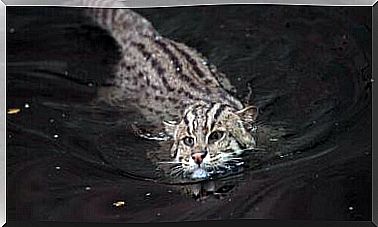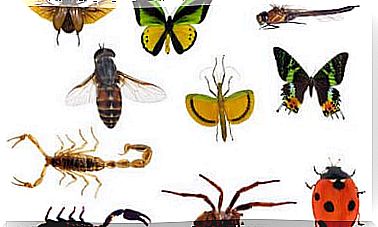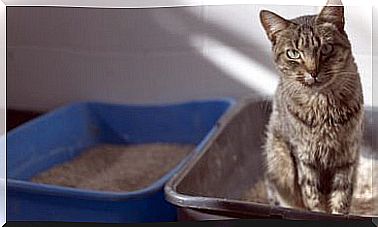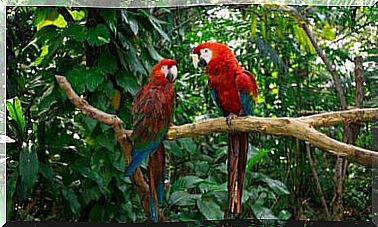Curiosities About Feeding The Camel

Generally speaking, camels are herbivores and their diet contains a good percentage of salt. For this reason, they generally eat desert grass and salty plants. However, in times of famine these mammals are able to consume any food, always vegetable, even in the most inhospitable areas. From dry branches and leaves, rotten grass, seeds, cereals, fresh or dried fruit… In short, the camel’s diet is really curious and it is worth getting to know it better.
The secret of camel nutrition
The camel can store food in its humps – where it is capable of storing up to 36 kg of fat – for use in the event of a food shortage. It should be remembered that many of these animals are found in deserts and similar places, where it is not always possible to find plants and grass. A healthy adult camel can go without food for 15 days.
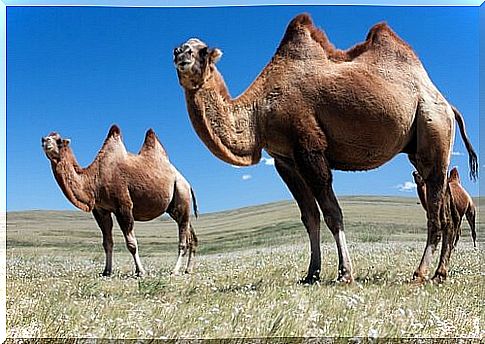
Lips and digestive system
One of the reasons that camels can eat all kinds of plants, including those with thorns, is because of their special lips. They are made in such a way that they can wrap around objects, flowers and even very hard and steep branches without getting hurt. Resistant and flexible, they sometimes function like real fingers.
The digestive system of this animal is used to make the most of the food that the camel eats, even if the diet is severely interrupted. The stomach mechanism works to process food multiple times, thanks to a three-cavity stomach . In this way, it is possible to optimize the yield of each individual bite.
The two humps of the camel
Unlike the dromedary, the camel has two humps. They are nothing more than a real pantry. A warehouse of solid product and also of water. As the animal accumulates fat, derived from what it eats, the humps increase in size. The same thing happens with water.
Over time, the reverse mechanism occurs. That is to say, the nutrients the animal needs leave the hump to energize the body. As a result, there is a progressive deflation of the two known dorsal protuberances. When a camel is at its limit, it can sometimes happen that the two humps sag and hang to one side.
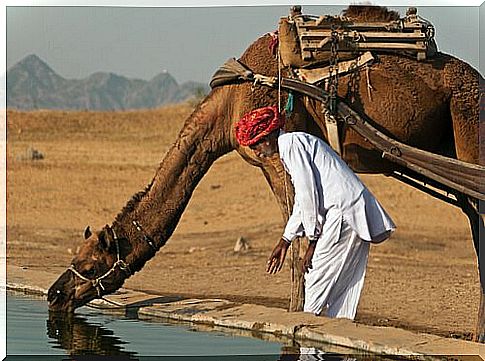
The diet of the camel
As we have told you, camels generally live in desert places, full of sand dunes, arid lands, in short, where conditions persist that put a strain on the survival of these animals.
The normal diet of a camel is usually based on dry plants, cacti, roots, spinos i branches, etc. It can even eat those plants that no other animal would accept. Among other things, due to its climatic adaptation, it prefers the consumption of vegetables with a high salt content.
And what about liquids? In the absence of fresh drinking water, camels can drink salt water from small lakes, ponds, etc. These have a high concentration of salt – even higher than the sea – that no other animal could be able to drink and assimilate without side effects.
If a camel finds neither food nor water, it has the opportunity to travel a long distance in search of an oasis. His sense of direction is highly developed.
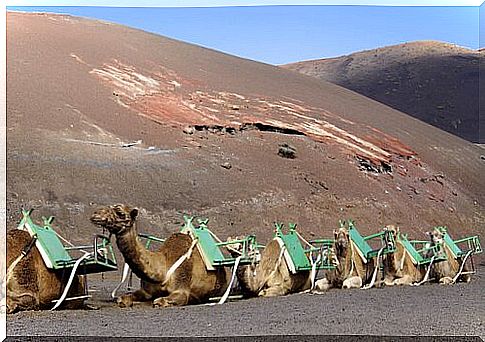
In the case of the domestic camel , its diet is usually made up of leaves and plants, but also cereals, corn, wheat, oats, etc. One of this animal’s favorite foods is dates.
Bactrian camel
The Bactrian camel, is native to East Asia, in particular China and Mongolia, has two humps, and is smaller and more robust than the common camel. Currently, there are approximately 1.4 million of these specimens in the world.
Contrary to the camel’s association with high temperatures, this species has thick fur to protect itself from the Asian winter. It tolerates extreme weather conditions, with temperatures up to 40 degrees in summer and -30 degrees in winter. It is stronger than the dromedary (which lives in Africa) and can carry up to 450 kg in weight.
Possible dangers for camels
The progressive destruction of the habitat of these animals is one of the main threats for this species. In some areas of the world, such as China and Mongolia, mining and industrial activity has led to an excessive exploitation of this living being, reducing the number of specimens. The living conditions in which this animal is forced to live are often absolutely prohibitive.
Even if the tiger is the main predator of the camel, man is always the worst threat. Currently, this animal is critically endangered, according to the criteria of the IUCN ( International Union for Conservation of Nature ) and is one of the 100 mammal species at greatest risk of extinction.




